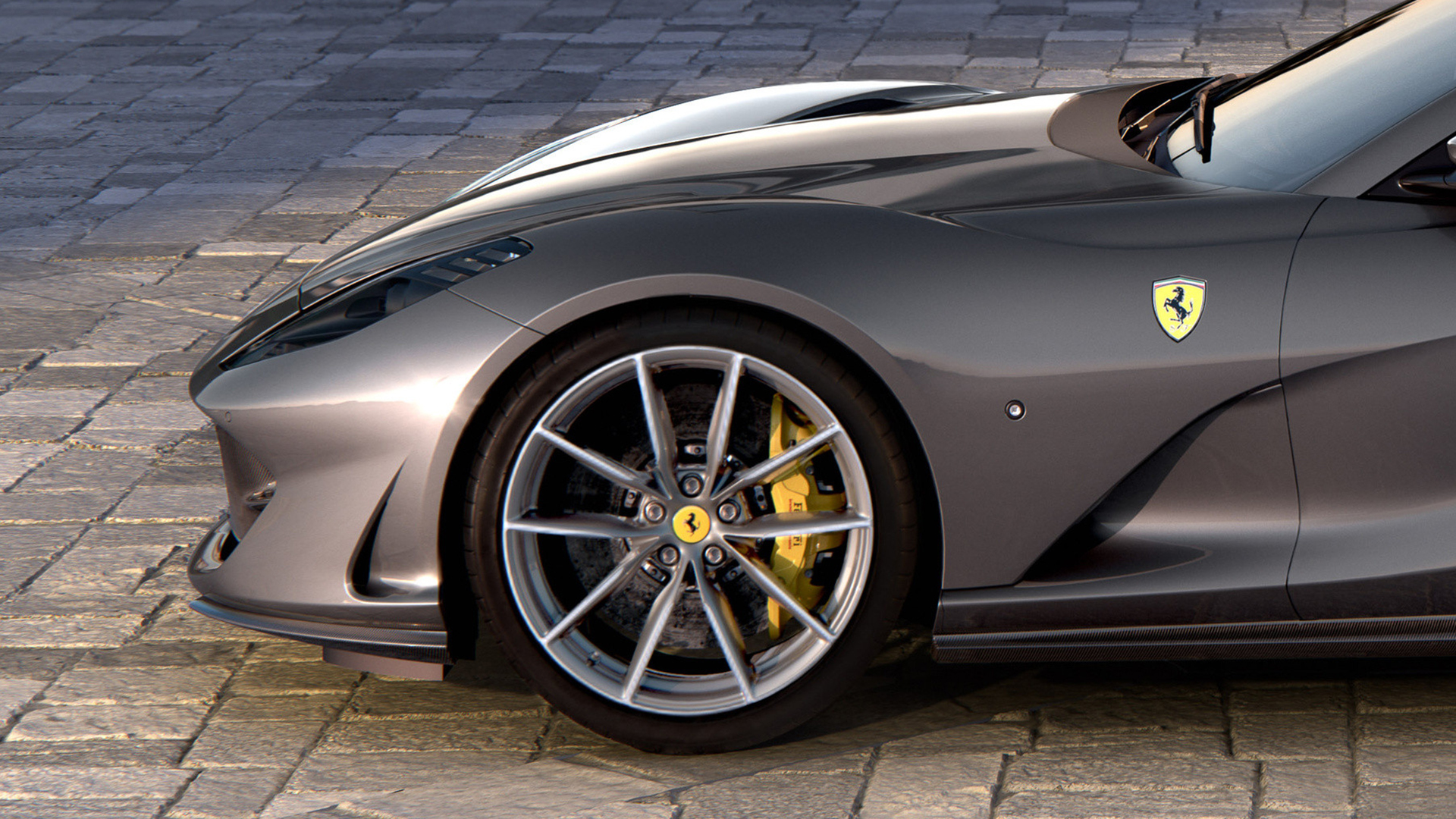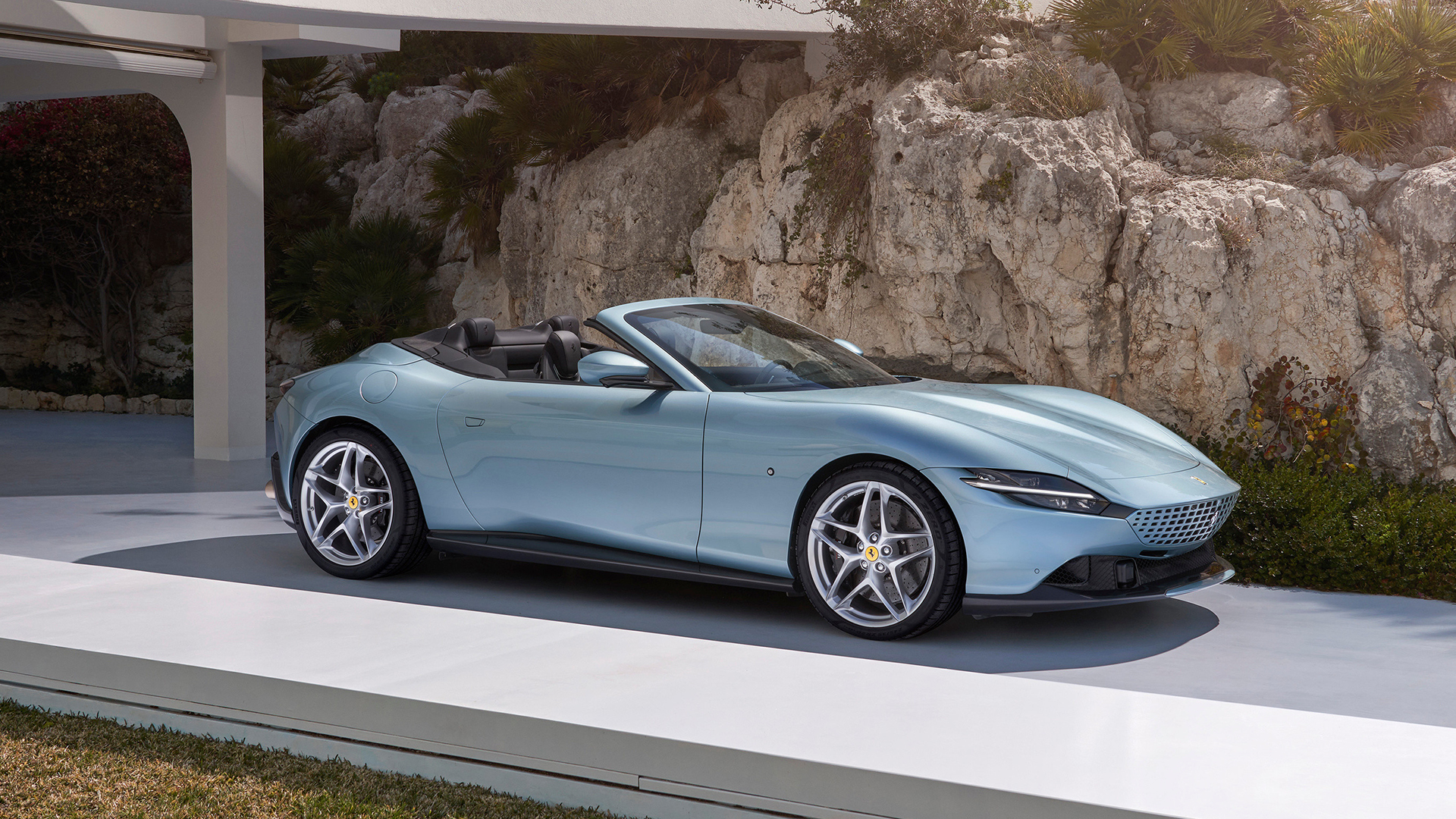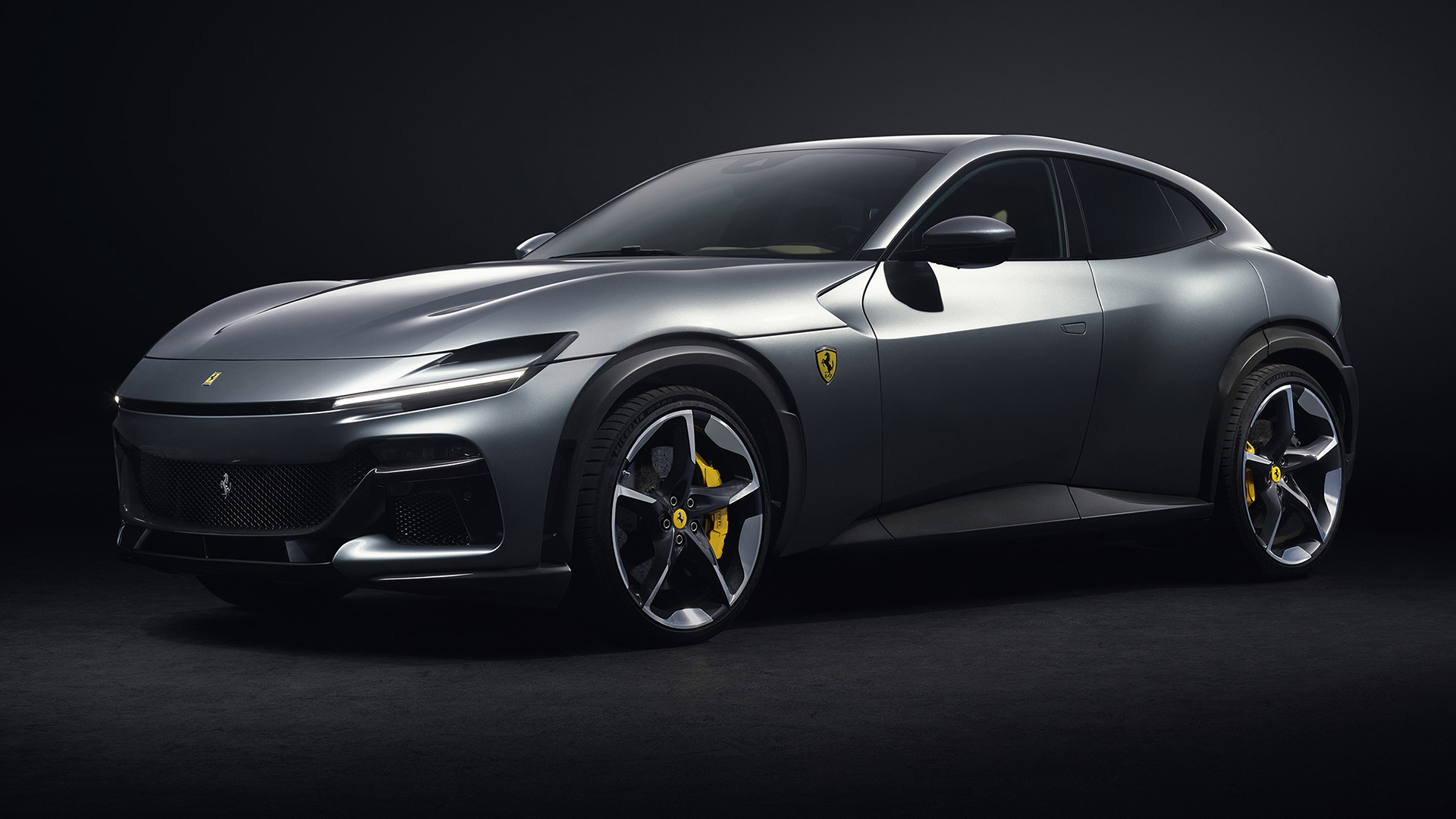
Despite flip-flopping on the decision to commit to electric vehicles, a recent report from Reuters suggests Ferrari’s first dedicated EV will arrive late next year and it is tipped to cost in excess of $500,000 (around £550,000 / AU$750,000).
There is no word on whether this EV will come in the shape of a high performance super car or an SUV, much like the recent Purosangue, which itself marks quite the departure for the coveted Italian manufacturer.
We do know that the model will be produced at Ferrari’s new facility that has been established in its hometown of Maranello, in northern Italy. Dubbed the 'e-building', this new factory is said to allow Ferrari to increase capacity from 14,000 cars a year to 20,000.
However, the marque will keep production volume of its upcoming electric model low in order to ensure demand remains high – a classic luxury brand sales tactic.

Unlike Porsche and Audi, it is highly unlikely that Ferrari will ever become a large-scale producer of electric cars, despite the likes of Porsche offering its near-1,100bhp, 190mph and Nürburgring record-setting Taycan Turbo GT for around $230,000 (about £190,000 / AU$420,000) and without the excruciating wait times.
Customers for Ferrari’s most exclusive models can expect to wait over two years before taking delivery, with Fabio Caldato, a portfolio manager at AcomeA SGR, which holds Ferrari shares, telling Reuters: "That is not getting any shorter. Being in the waiting list is in itself a status symbol."
Despite the upcoming EV’s hefty rumored asking price, it still pales into insignificance when you consider Ferrari’s limited edition SF90XX Spider starts at $932,000 (around £733,000 / AU$1.4 million) without any options ticked.
The even more exclusive Rimac Nevera costs around $2.2 million (around £1.7m / AU$3.3m) and limited edition versions of the 1,874bhp pure-electric Pininfarina Battista can easily tickle the $3 million mark – although both of those vehicles sell in very limited numbers.
Analysis: will Ferrari fans pay for the EV experience?

The Italian marque is clearly confident that it can continue its annual sales growth well into the EV era, as the same report from Reuters suggests that it is already working on a second electric model, as well as continuing its work with plug-in hybrids.
But will punters be willing to pay a premium just for the Ferrari badge? After all, the playing field is now more level than ever when its comes to EV performance, as extracting the power from potent electric motors and larger battery packs has been relatively simple. Just look at what Tesla has done with its Plaid models, for example.
The key differentiator in the high-performance EV market comes with finessing the driving experience, as battery electric vehicles lack the theater of a V12 and are inherently heavy. Disguising this weight has left many automotive engineers scratching their heads and frantically innovating.
Hyundai’s current Ioniq 5 N set an important performance precedent with its tech delivering a more 'authentic' driving experience, while industry insiders suggest Porsche’s upcoming electric Boxster could well be the first true driver’s EV when it arrives next year.
That said, Ferrari’s foray into SUV territory did nothing to sully brand perception, as demand for that model is currently out-stripping supply, despite prices easily hitting the $400,000 / £400,000 / AU$800,000 mark with tempting options added.







